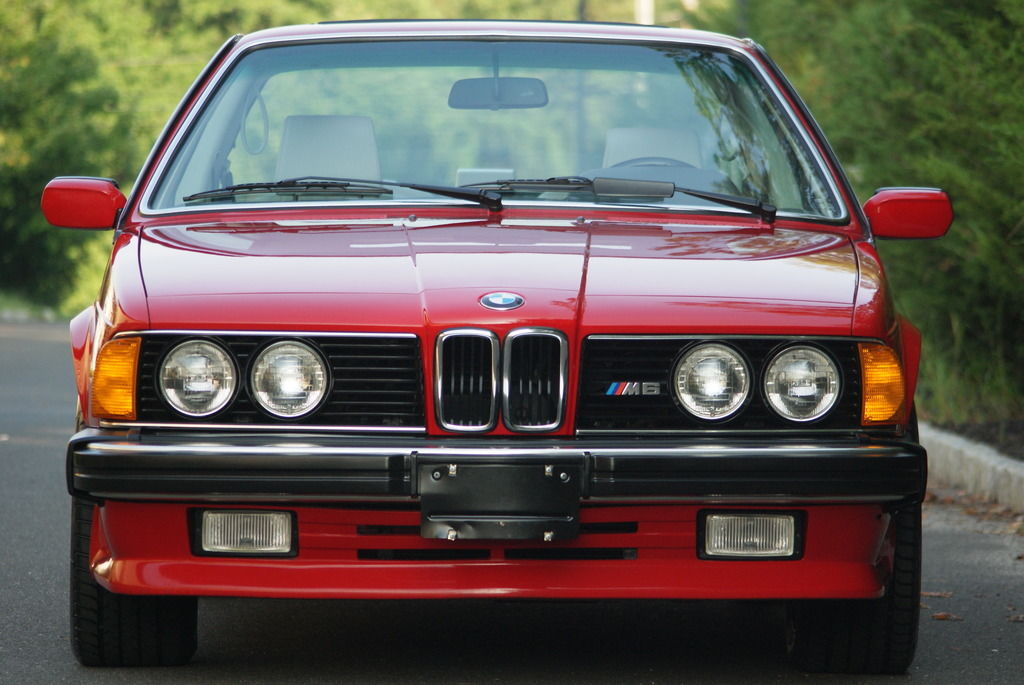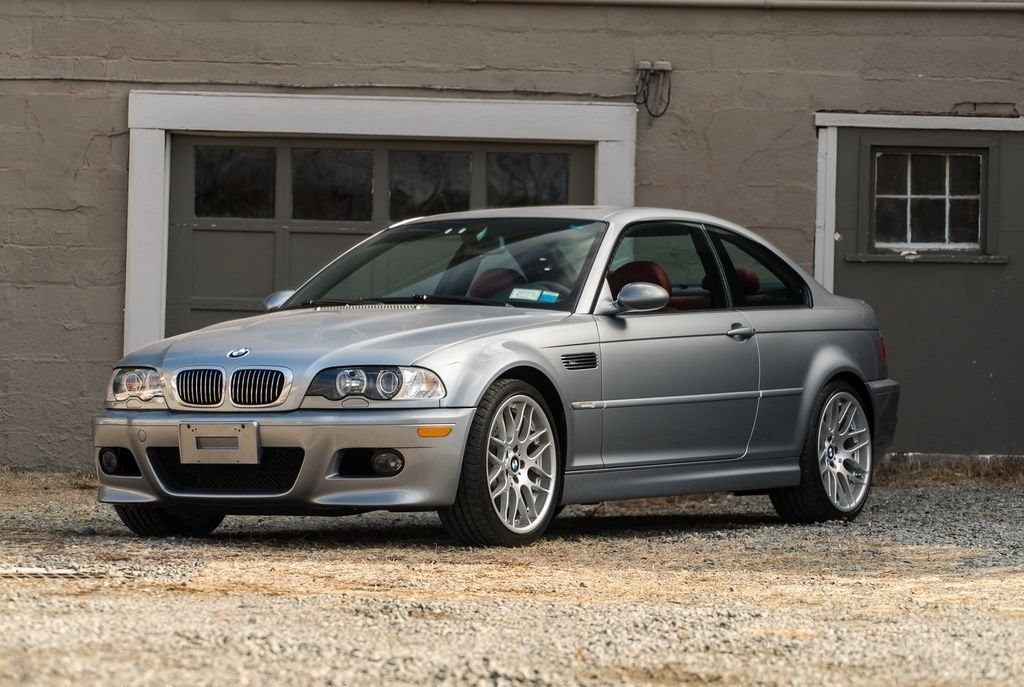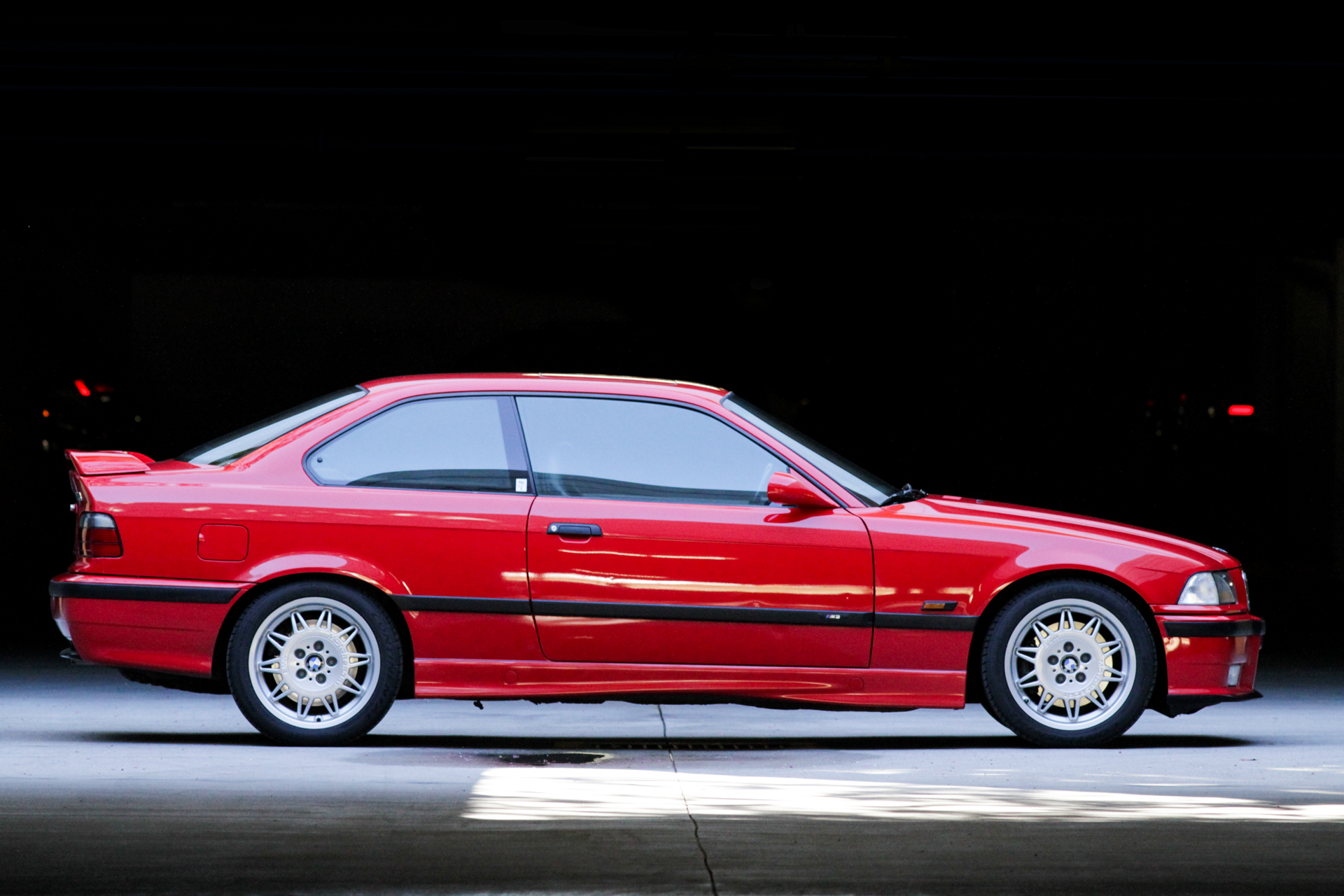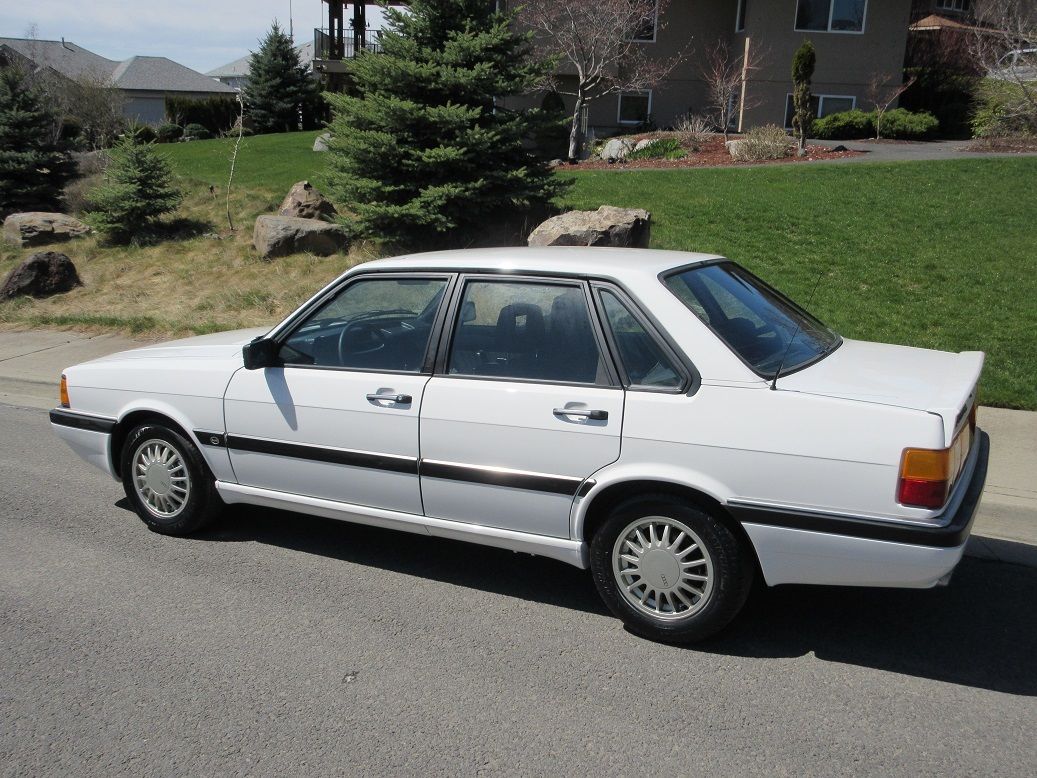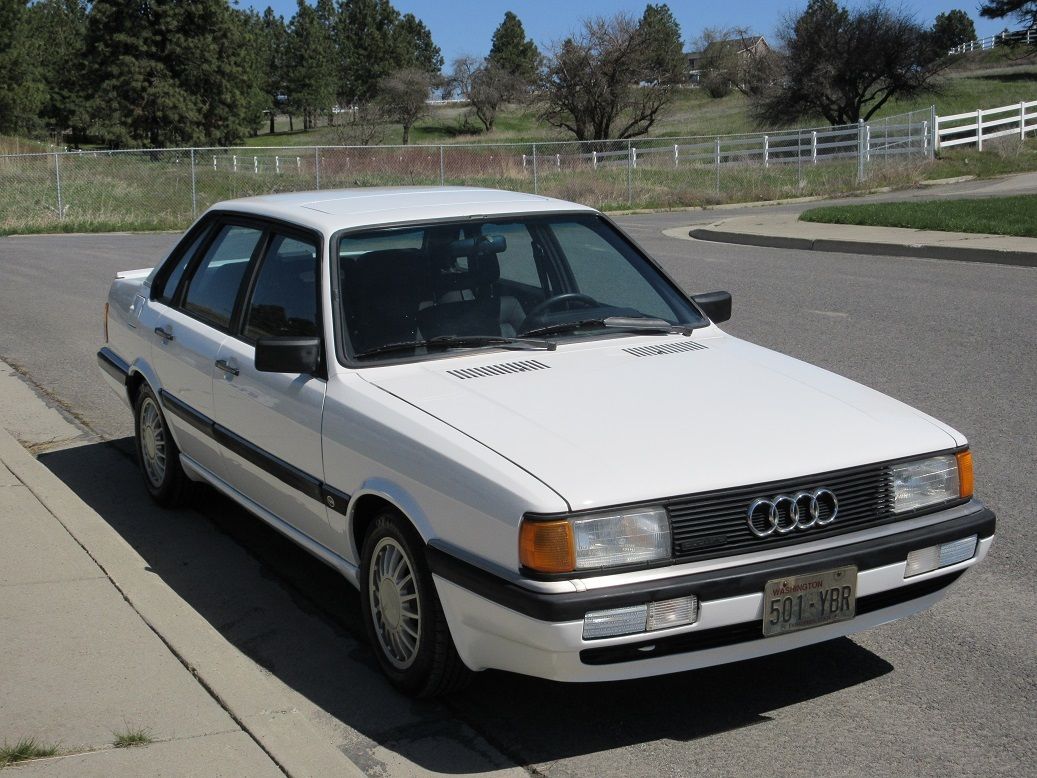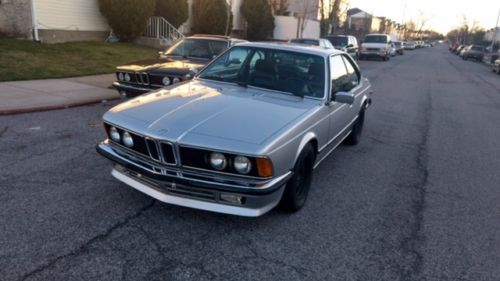While it’s easy to be a ‘Monday Morning Quarterback’ and scoff at the prices for lightly used cars from the recent past, true time capsules like the Porsche Rob just wrote up are generally the domain of pure wonderment. How have owners been able to restrain themselves for decades without driving a car? This afternoon’s M6 is in a similar vein to the lineup we’ve been looking at; pristine, original condition, and low mileage. While the 36,800 accrued far outstrip those of the RS6, M3 and especially the 911 RSR, finding an all original M6 with below 40,000 miles in near perfect shape is certainly worth a look:
Warning!
We have 15 years of archives. Links older than a year may have been updated to point to similar cars available to bid on eBay.Author: Carter
The U.S. version of the E36 chassis Motorsport offering has steadily begun to emerge from its “also ran” position in the category of favored M products. It has languished in value since the introduction of its replacement, the wildly popular and more aggressive E46 M3. Long derided for being a bit too cost-conscience of BMW, the reality is that the car that came to the U.S. might have been a bit better.
Yes, I just said that.
It is true that the North American M3 made due with a less powerful and certainly much less exotic motor. The U.S. S50, based upon the 325i’s M50, displaced the same 3 liters as the European S50B30, but the two differed in nearly all other aspects. Only items like the oil filter are shared between the models; in Euro guise, the engine sang with individual throttle bodies. The engine also sported the trick continuously variable VANOS system to optimize performance. After finally being convinced to bring the second generation M3 to North America, the news came down that the western-bound motor would be less exotic; static VANOS, lower compression, and no individual throttle bodies.
Frustrated though enthusiasts may have been to not be getting the “true” model, many were just happy it was coming here at all. But the amazing thing was what the USA motor offered. At 240 horsepower, it was indeed 46 down on the European cousin. Yet other numbers told a different story; torque was nearly the same between the two, as was weight, and the real advantage of the Euro motor was only quite high in the rev range. That meant acceleration in the real world was effectively identical between Euro and USA models. Sure, you lost a bit of top speed – but where in the U.S. were you hitting 155, anyway?
The cost-cutting measures meant that the U.S. specification M3 came to market at a much more reasonable price than the European example. For under $37,000 out the door you got almost all of the performance of the pricier Euro model, the same looks, and to top it off, the S50 USA was cheaper to run. In terms of real world practicality, the E36 M3 was a winner then, and has been a winner ever since. With more than 10,000 produced for the U.S. market, the BF93 model was an instant hit and renewed the established benchmark of the performance category:
CLICK FOR DETAILS: 1995 BMW M3 at Modern Classics
6 CommentsYou either get old Audis, or you absolutely don’t.
It’s something I’ve never quite understood. Put a 1985 Audi 4000CS quattro next to a 1985 BMW 3-series, and the Audi looked more slick. The interior details were certainly on par with the BMW, too. Tech? Sure, the Type 85 had basically all the same gadgets that came on the E30, too – which is to say, not many. Electric windows, sunroof, power antenna, power locks were pretty much standard fare in the marketplace by that point in the near-luxury class. The Audi was reasonably quiet going down the road, fit five in a pinch, had a reasonably sized trunk and got reasonable mileage – though admittedly the “power of six, economy of four” idea of the inline-5 worked out generally in the ‘economy of a 6’, power of a 4 direction. The quattro also featured fully independent suspension, 4-wheel disc brakes and sway bars front and rear. None of this was particularly revolutionary at the time.
What was somewhat revolutionary, though, was what Audi had done in 1983. No, it wasn’t the introduction of all-wheel drive; the Quattro had already been on the market for a few years, and in all honesty the Jensen FF well and truly beat it to the technology by a full decade and a half. Unorthodox, though, was taking that basic supercar (for the day) platform at plunking it in the more reasonably priced 4000 model. Removing the turbo and boxflares reduced the asking price by over 50%, yet you got 90% plus of the Quattro’s performance and driving experience. For an entire generation of rally enthusiasts and VW fans, the 4000 quattro was legendary even while it was still on sale. BMW owners would quip that it was slow and underpowered (apparently, in that case, never having driven an early 318i); Mercedes-Benz enthusiasts would counter that the W201 was better built. They’re probably both right, but to me, they just didn’t get it.
In total, Audi managed to sell around 16,500 of the model over four production years here. That was a resounding success compared to the 664 Quattros the company sold in five years of being offered. There were few cosmetic changes outside of the 1985 entire range refresh; it’s virtually impossible to tell a 1986 and 1987 model apart, for example. The 4000CS quattro was my first car, and so I formed an intimate attachment to it; though I was faced with the choice of which to keep (Coupe or quattro) in 2003 and chose the track-focused two-door, my love for the all-wheel drive model persists. When this lower mileage, pristine ’87 in the same Alpine White I owned popped up for sale in the Pacific Northwest, the flood of memories could only be navigated with both differentials locked:
CLICK FOR DETAILS: 1987 Audi 4000CS quattro on eBay
6 CommentsI’ve assembled another group of auctions that are all no reserve and should give us a good glimpse into several classic (or soon to be)…
1 Comment